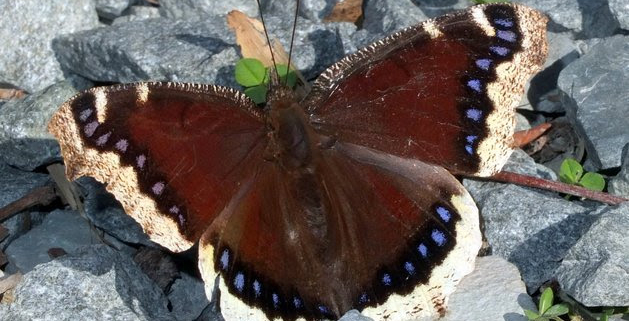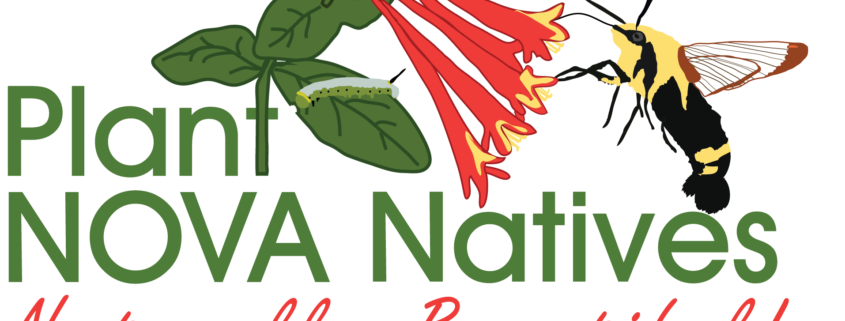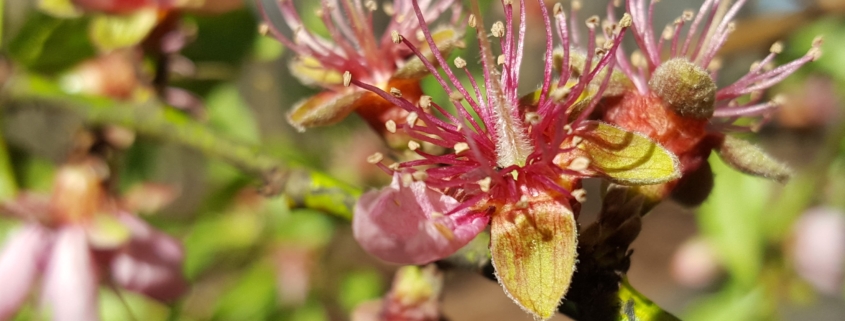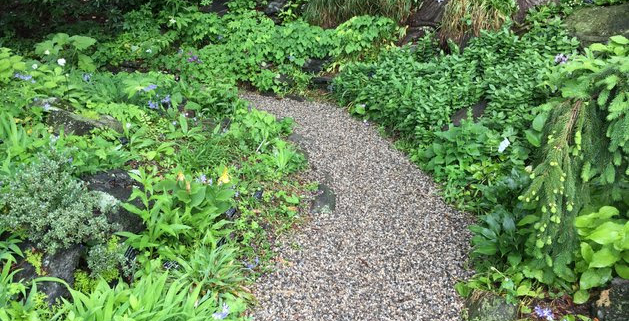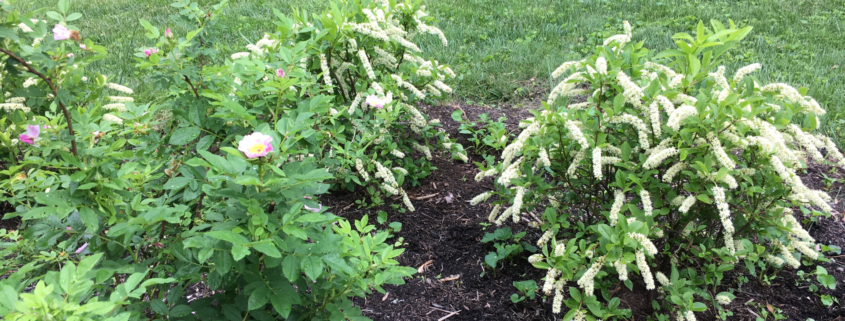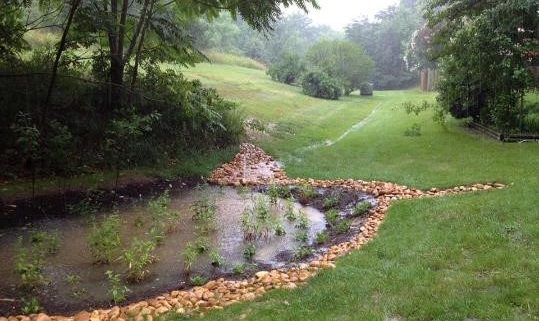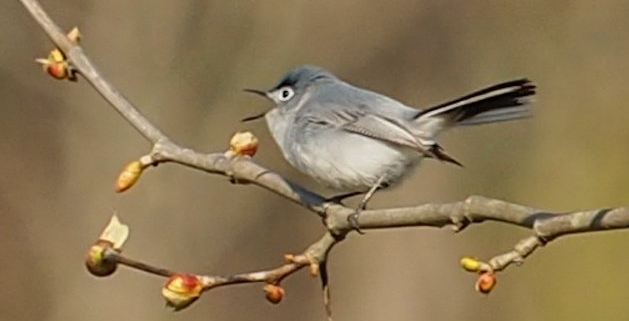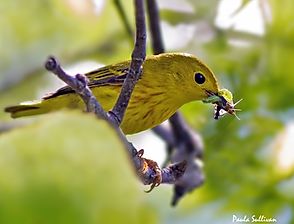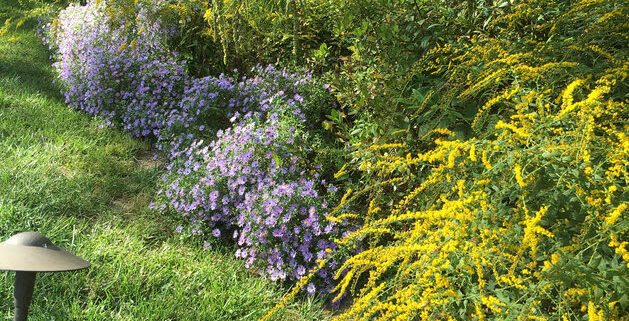Befriending the butterflies all winter
Article and Mourning Cloak Butterfly photo by Plant NOVA Natives
Where do butterflies go in the winter? If you are picturing the adults hibernating like bears, that’s actually not that far from the truth for a few of them, including Mourning Cloak butterflies. This handsome creature reappears very early in the spring because it overwinters as an adult in crevices of bark or in leaf litter. Most butterflies and moths overwinter as eggs, larvae or pupae, starting off in the tree tops and riding the leaves down in the autumn. Once they land in our yards, what happens next is up to us. To support butterflies, planting the native plants that are their food source is only half the job. The other half is to create the conditions that allow the butterflies and other beings to complete their life cycles.
Many of us were raised to think that dead leaves should be ejected from our yards as quickly as possible. The concern was that they would smother the grass. Green grass all winter was seen as a sign of a healthy landscape. It turns out that we had that exactly backwards, because the natural color of winter in the Mid-Atlantic is golden brown with a sprinkling of dark green evergreens, not the light green of turf grasses that were imported from Europe. But for those who want a green lawn, dead leaves add valuable organic matter to the soil, making fertilizer unnecessary. It is surprising how quickly dead leaves shrivel up and disappear if there aren’t too many of them. If they are piled too thickly on the grass, they can be spread under shrubs or trees where the shade makes lawn a poor choice anyway, or added to a flower bed, or consolidated in a pile to turn into compost. They can also be left in place on the lawn by mowing them over with the lawn mower, although of course shredding the leaves may also mean shredding the butterflies.
Another landscaping misconception that has been turned on its head is the idea that garden beds need to be “cleaned up” for the winter by cutting the plants down to the ground and removing the stalks. If instead the native plants are left standing over the winter and the leaves left underneath, the garden will provide a source of seeds for the birds and shelter for a myriad of other little critters including native bees and fireflies. What formerly might have been a dead landscape made up of empty mulch beds is transformed into a scene of life and growth, even if most of it is not immediately apparent to the human eye.
In some ways, caring for a landscape that supports life means working less, not more, with less work needed for tidying. Admittedly, humans have devised ways to save even more labor (and labor costs) by turning yards into barren landscapes where every weed is suppressed by chemicals or by thick expanses of toxic mulch that have been sprayed with herbicides, barely a step removed from asphalt in terms of ecological value. Fortunately, as a species we are coming to see that welcoming life into our yards benefits us as well as our fellow beings. For some basic tips on how to achieve these benefits, see the management plan page of the Plant NOVA Natives website.


